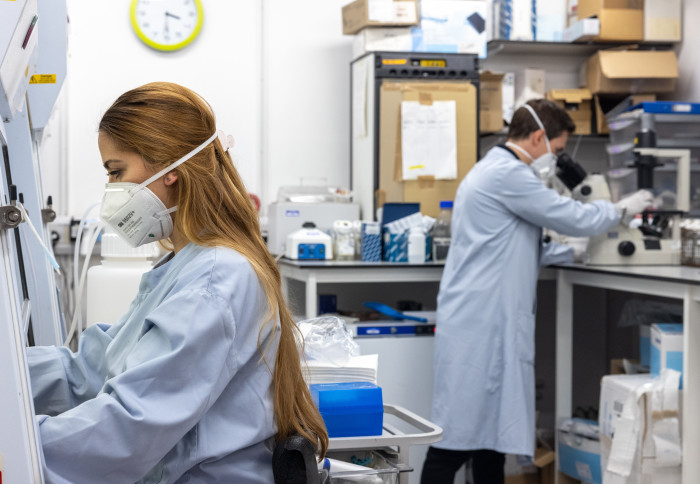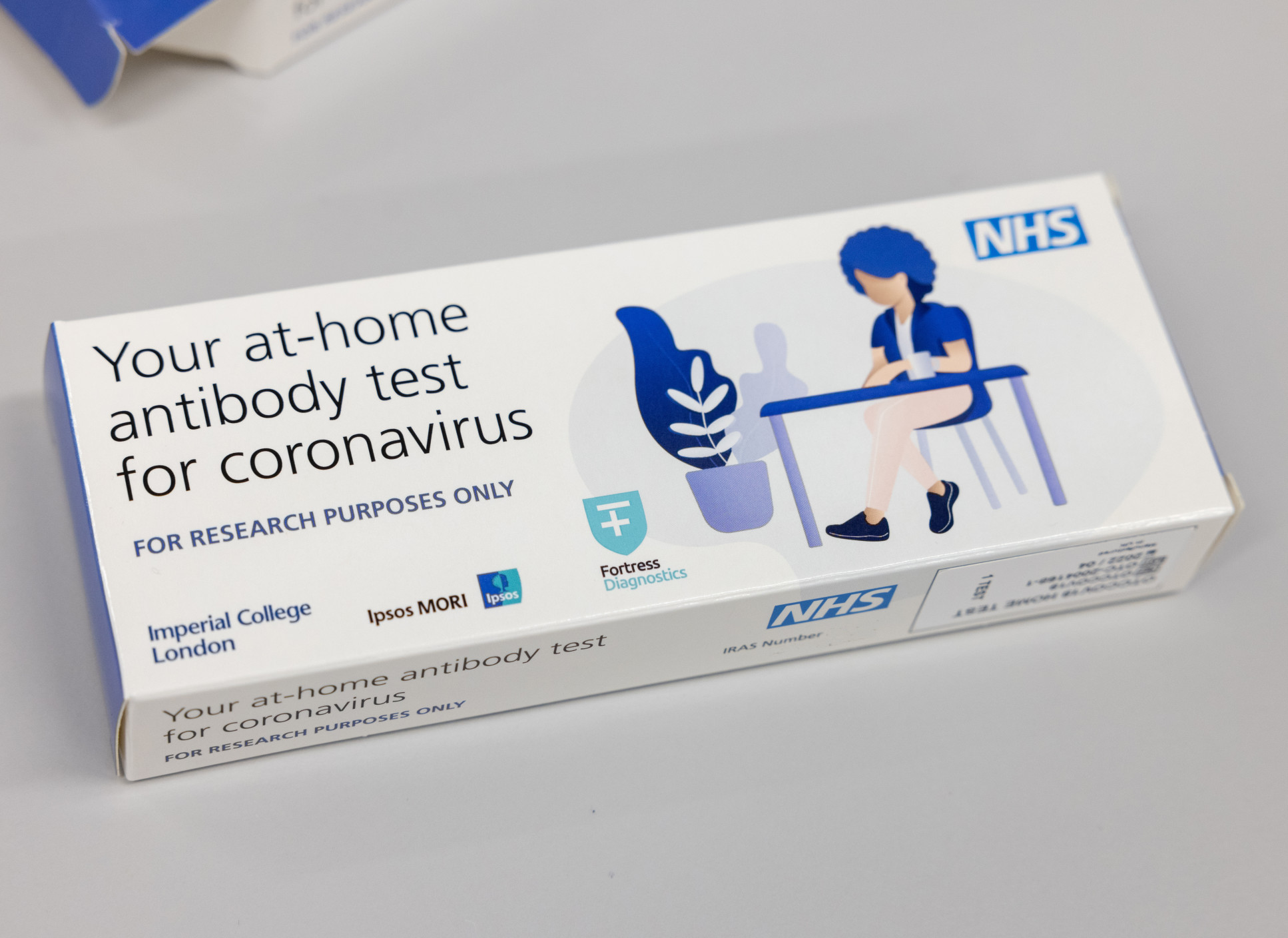Coronavirus prevalence remains high but some evidence of slowdown, REACT shows

Coronavirus infections in England have continued to rise but growth may have slowed during the latter part of a recent study on community prevalence.
Tests on more than 160,000 people between 16th October and 2nd November, as part of a major ongoing study led by Imperial College London and Ipsos MORI, show that the number of people infected has more than doubled since the last full round of testing. The most recent figures show that over 1 in 80 people in England have the virus, or 1.3% of the population, compared to 1 in 170 as of early October (0.6%).
These important data will be a critical baseline from which to determine if the new measures are effective at curbing the growth of the epidemic. Prof Paul Elliott School of Public Health, Imperial
These data add to those in an interim report looking at the first 85,000 people tested as part of this round, which found a similar prevalence of infection at 1.28%.
While the epidemic continued to rapidly grow during the first half of the study period, with a national R over 1, results from the most recent swabs suggest that there was a drop in infections followed by an uptick. But it’s too early to determine if this represents a levelling off or a transient dip followed by continued growth, the researchers say.
With the number of infections remaining very high across the country, leading to rising hospitalisations and deaths, ongoing action is needed to bring the prevalence down and prevent further illness and loss of life.
Professor Paul Elliott, director of the programme at Imperial, said: “Our latest round of REACT testing offers robust data on England’s coronavirus situation up until just three days before the country entered its second nation-wide lockdown. We’ve shown that the prevalence of infection has remained high, reinforcing the need for people to act to help bring infections down and control the virus.
“These important data will be a critical baseline from which to determine if the new measures are effective at curbing the growth of the epidemic.”
These findings from the REal-time Assessment of Community Transmission (REACT 1) programme are available in a pre-print report, with supporting data, and will be submitted for peer-review.
Regional trends in coronavirus infections
The REACT 1 study is tracking current coronavirus infections in the community by testing more than 150,000 randomly-selected people each month over a two-week period. Volunteers take nose and throat swabs at home, which are then analysed in a laboratory by a technique called RT-PCR.
Out of 160,175 swabs analysed, 1,172 were positive, meaning an estimated 130 people per 10,000 in England were infected, after weighting to be representative of the population of England.
Since the previous full round of testing, on average infections have been doubling every 24 days, with an estimated reproduction number (R) of 1.19.
While prevalence remains high nation-wide, regional differences remain and in some areas, there has been a reversal of trends observed in the interim report. For example the rapid growth of infections observed in the South no longer appeared in the most recent tests. And Yorkshire and The Humber, which previously had the highest prevalence, has experienced a decline in positive tests in the most recent data.
The North and Midlands remain the worst affected areas, with the highest prevalence seen in the North West and Yorkshire and The Humber (2.4% and 2.3%, respectively). London had a prevalence of 0.97% while the lowest figures were found in the East and South East (0.69%).
Community transmission
Since REACT began monitoring England’s epidemic in May, the study has observed that certain groups have been disproportionately affected, namely minority ethnic individuals, and those living in poorer areas or large households. But in the latest results these trends are reduced, suggesting that the epidemic has progressed from clustering in certain at-risk groups to generalised spread in the community.
It’s vital that we continue to monitor the situation closely with our next round of testing planned later this month. Prof Steven Riley Imperial College London
Professor Steven Riley, study author and Professor of Infectious Disease Dynamics at Imperial, said: “These findings support those of other large studies that are monitoring England’s epidemic, but at the moment it’s too early to tell whether we are seeing a true slowing of growth.
“That’s why it’s vital that we continue to monitor the situation closely with our next round of testing planned later this month. Combined with today’s report, these timely data will form part of the evidence base that will inform decision-makers.”
Tracking the progress of the epidemic
The REACT programme is a series of studies that are monitoring how the virus is spreading across the country. Commissioned by the Department of Health and Social Care, it is being carried out in partnership with Ipsos MORI and Imperial College Healthcare NHS Trust.
We are incredibly grateful to all those members of the public who have volunteered to take part. Kelly Beaver Ipsos MORI
Kelly Beaver, Managing Director - Public Affairs at Ipsos MORI said: “The conclusion of another round of the REACT study highlights the importance of real time tracking of COVID-19 across England. We are incredibly grateful to all those members of the public who have volunteered to take part and encourage those who are currently receiving letters for Round 7 to participate in the next round of the study.”
A separate arm of the programme, REACT 2, is using antibody finger-prick tests to monitor past infections across England. The latest findings can be found here.

Article text (excluding photos or graphics) © Imperial College London.
Photos and graphics subject to third party copyright used with permission or © Imperial College London.
Reporter
Justine Alford
Institute of Global Health Innovation